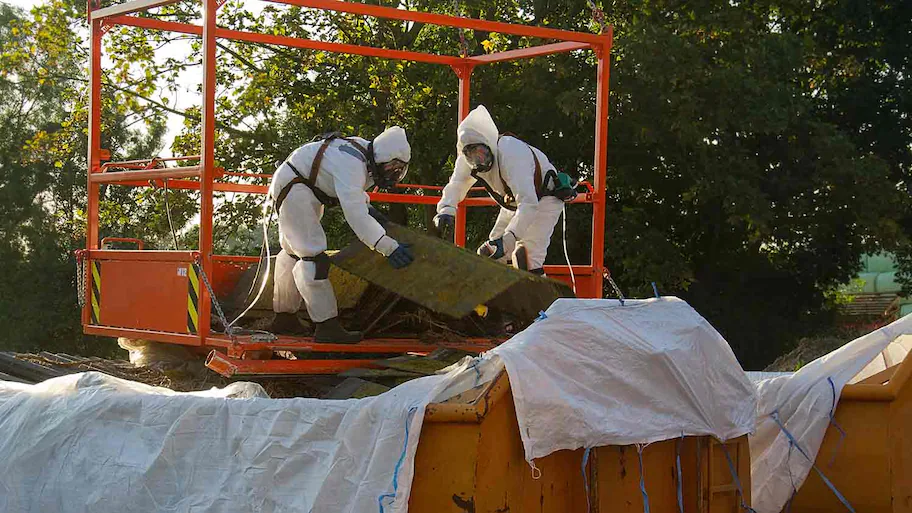Once widely used in construction, insulation, and various industrial applications, asbestos is now known to cause severe respiratory diseases, including asbestosis, lung cancer, and mesothelioma. These health issues arise when asbestos fibers become airborne and are inhaled, leading to long-term damage to the lungs. Given its harmful effects, eliminating asbestos from homes, workplaces, and public buildings is crucial for creating a cleaner and healthier living environment. The process of asbestos removal requires careful planning and execution to prevent exposure. It is not something that should be handled by untrained individuals, as improper removal can release hazardous fibers into the air, increasing the risk of inhalation. Professional asbestos abatement companies follow strict regulations and guidelines to ensure safe removal and disposal. These professionals use protective equipment, specialized tools, and containment methods to prevent contamination. By hiring experts, property owners can ensure that asbestos is eliminated safely and effectively. One of the primary steps in asbestos removal is conducting an inspection and assessment. This involves testing materials suspected to contain asbestos, such as ceiling tiles, insulation, pipes, and flooring.

If asbestos is found, the next step is to develop a removal plan that minimizes risk and ensures compliance with legal requirements. Some jurisdictions have specific laws governing asbestos disposal, and failure to adhere to these regulations can result in hefty fines and health hazards. Beyond professional Asbestos removal Wolverhampton, public awareness and education play a vital role in combating the dangers of asbestos. Many older buildings still contain asbestos materials, and property owners may be unaware of the risks. Raising awareness about the dangers of asbestos exposure and the importance of safe removal can help prevent health crises. Governments and health organizations should continue to promote regulations and initiatives that encourage asbestos-free construction and renovation practices. In addition to direct removal, alternatives to asbestos-containing materials should be embraced. Modern construction materials offer safer substitutes that do not pose health risks. Fiberglass, cellulose, and polyurethane foam are commonly used alternatives that provide effective insulation without the dangers of asbestos exposure. Encouraging the use of these materials in new construction and renovations can contribute to a healthier environment. The long-term benefits of asbestos elimination extend beyond health improvements.
Removing asbestos reduces the risk of legal liabilities associated with asbestos exposure claims. It also enhances property value, as homes and buildings free from asbestos are more attractive to buyers and renters. Additionally, eliminating asbestos contributes to overall environmental health by reducing the number of hazardous materials that require specialized disposal and management. Ultimately, the elimination of asbestos is a crucial step toward ensuring a cleaner and healthier living environment. By prioritizing safe removal, increasing public awareness, and adopting safer alternatives, society can significantly reduce the risks associated with asbestos exposure. Government regulations, combined with responsible actions by property owners, can help create asbestos-free environments where people can live and work without fear of health complications. Taking proactive measures today will protect future generations from the devastating effects of asbestos-related diseases.
